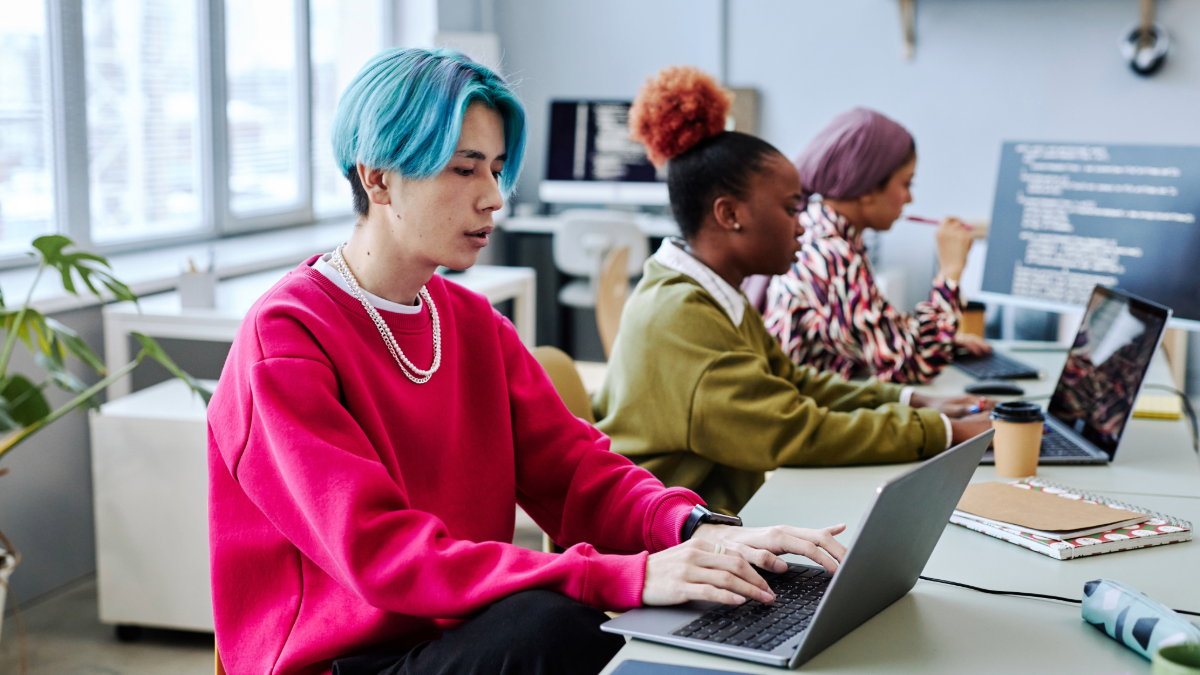Have you ever worked with a bully?
I recently had an unpleasant meeting with a difficult executive. It started with a misunderstanding, but he quickly got threatening and defensive, provocative and prickly. I got out of the conversation intact, but it took a lot of patience.
Afterwards, I started to think about empathy. In the moment, I was so focused on defusing the confrontation, my brain had no bandwidth left to step into his shoes or engage with his point of view.
Science tells us that empathy is biased: we tend to extend it toward people we like and who are like us. We have a tougher time with people of different races, genders or cultures.
But what about difficult people? Does empathy reach its limits when we engage with someone we actively dislike or who antagonizes us?
This dilemma was on my mind when I co-facilitated a team discussing Charles Johnson’s Kwoon. In this story, David, a young teacher with a studio on the south side of Chicago, uses martial arts to impart discipline and belonging in his students. He follows his dream to build a community grounded in respect and mutual hard work.
Ed Morgan, a merchant marine as “thick as a tree,” comes to the studio and, in his first class, invites David to spar. Ed’s style is dirty and brutal. David is left bruised and bloodied. After a smug Ed leaves, David questions himself and the loyalty of his students, most of whom are dazzled by Ed’s killer instinct and speed.
As we discussed the story, the team was resoundingly repulsed by Ed’s violence and the cruelty of his decision to humiliate the young man with a noble mission. People were much more comfortable examining David’s motivations than Ed’s. It was easier to wrap their heads around the victim than the perpetrator. They averted their gaze from Ed because they had far more empathy for David. Ed was dismissed as a bully.
But still, everyone was intrigued by Ed’s character. As the story unfolded, it became clear that he was a wounded soul. He was searching for a community (a “kwoon”) where he could be respected for his skills. All he wanted was a teacher he could respect.
At the end of the story, David becomes that teacher. With pure grace, David swallows his pride and self-doubt and invites Ed back to the studio. He offers some advice, compliments Ed’s skills and asks him to teach the class. Ed begins to see that David has built a community bigger than himself, the kind of community Ed yearns to be part of.
Ed’s character is very instructive – not only for reading the layers of the story but as an avatar for every bully. He is truly dislikeable at the beginning. But his complexity emerges in the face of David’s vulnerability. At the end of our discussion, the team didn't like him a lot more but they were more understanding and more compassionate. They realized how many wounded souls they had personally encountered, wearing the armor of a bully to mask their pain.
Scholar Jamil Zaki explains empathy as an umbrella term for three intertwined ideas: thinking, caring and sharing. “Thinking” is cognitive: seeking to understand someone else’s perspective. “Caring” is affective: inviting an emotional reaction to another's pain. And “sharing” is visceral: we literally feel what someone else is feeling.
Wrestling with Ed’s character helped the team to trigger this empathic cycle. Thinking about him helped them recognize his feelings and invited their compassion for his needs. It helped them practice empathy for the difficult people in their own lives.
It was a powerful moment for me too. The team’s discussion inspired me to reflect on my own “bully.” Thinking about the executive’s point of view invited me to see him in a more generous light. I still don’t agree with him, but I care enough about his feelings to learn from our encounter.
No workplace is immune to friction. We often cross paths with people we don't like. Empathy is a skill that we can learn, starting with something as simple as a story. It's a critical foundation of collective intelligence – that special connection and understanding that fuels extraordinary teams. With practice, we can see people in a different light, extend our empathy and give them the benefit of the doubt.
Even if they are bullies.








